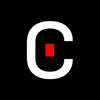
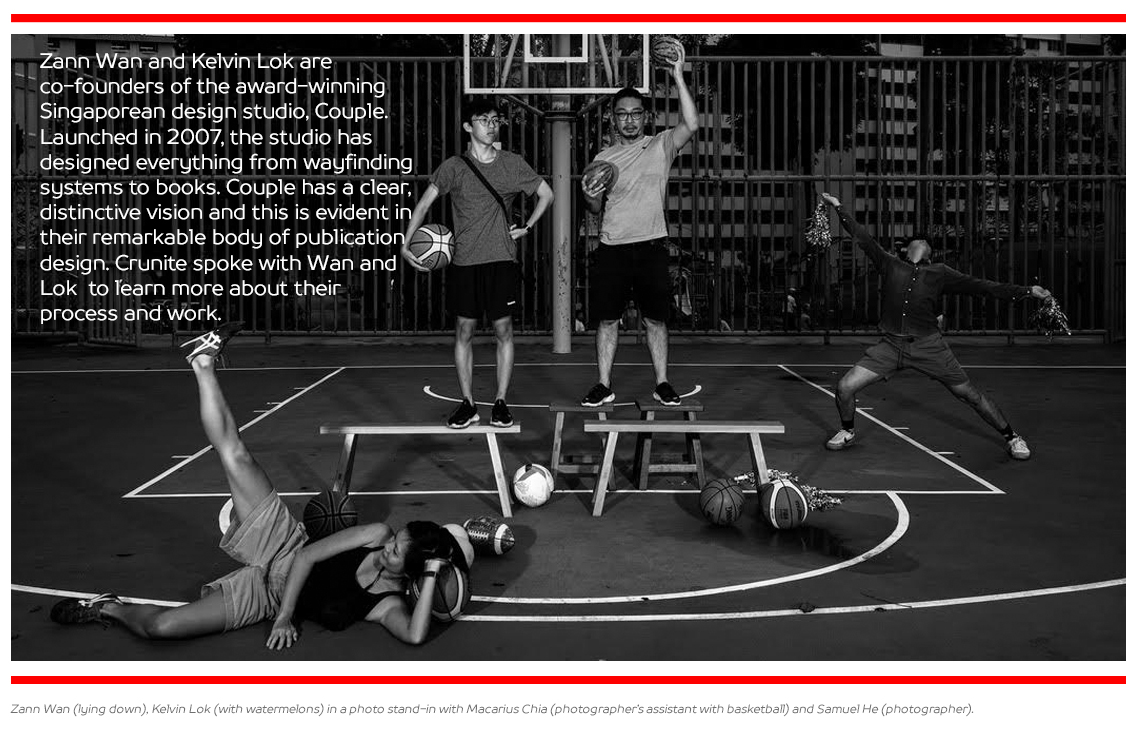
Zann: Lien Foundation recently wrote a manifesto for new partners. In it is a section called ‘How we’d like to work with you’ with the following pure gold:
Part of us wished we were given that list on day one (in 2014, in a cafe – the first meeting with Poh Wah, CEO of Lien Foundation). True to form, every word on it we learned and experienced bit by bit in this 9-year love relationship. We grew, sparred, pushed each other’s buttons, got bolder, older, all while raising the bar, report after report. New partners of Lien Foundation get the list now – we got years of the real deal.
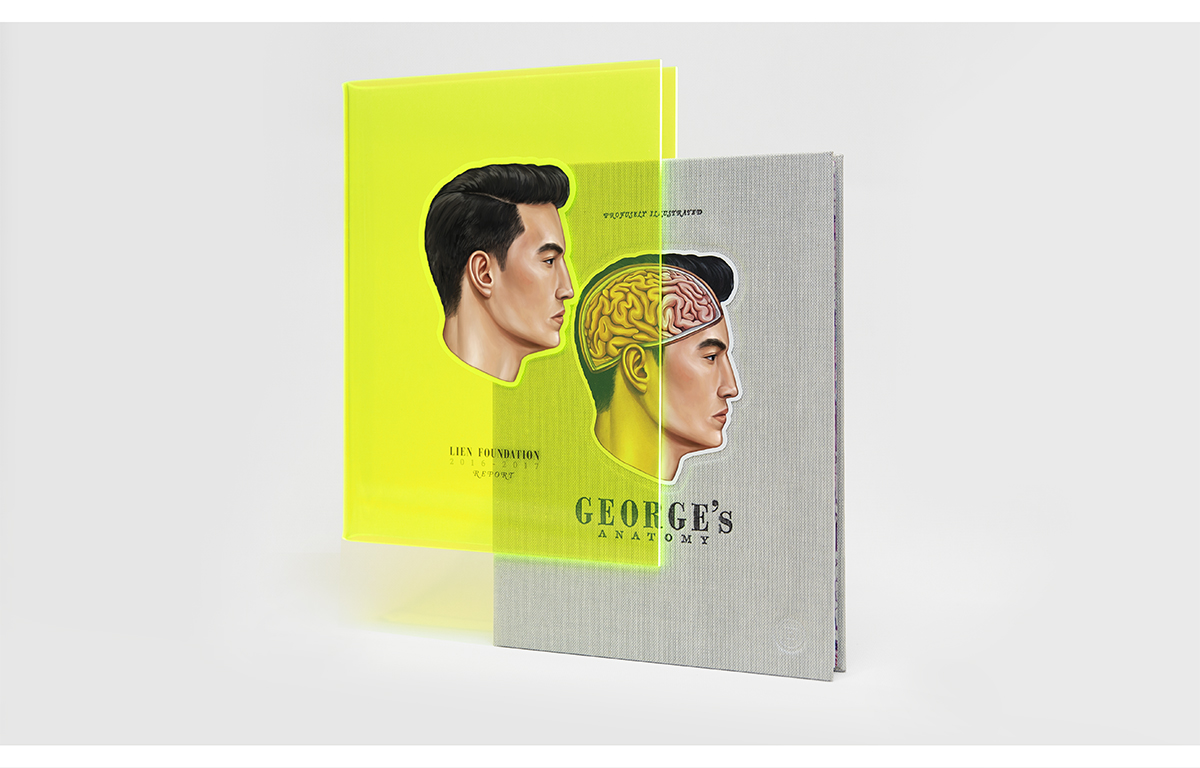
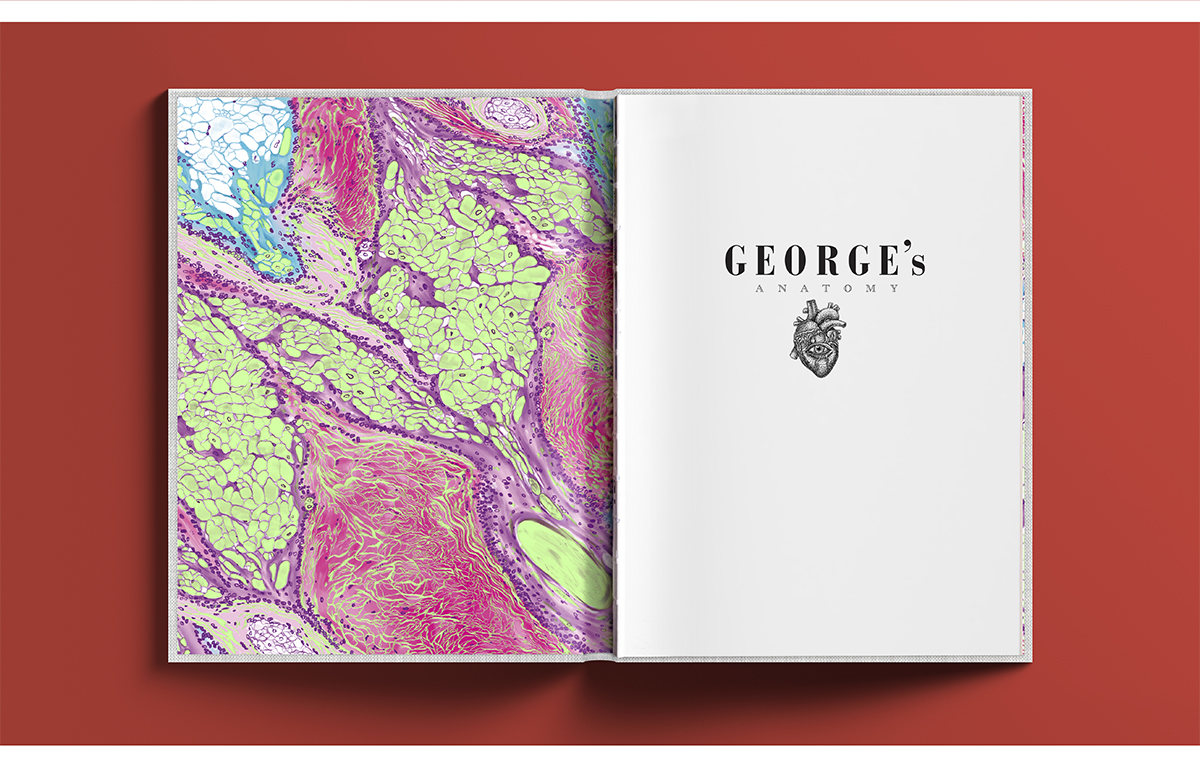
Kelvin: Selecting the right materials is crucial for functionality, aesthetics and the reader’s overall experience. In an age dominated by visually stunning screen-based content, it is essential for books to prioritise tactile elements that provide a sensory experience not found in digital formats.
Zann: I touch everything (even during a pandemic). We get excited about using what we find, as material in our work, the louder and furrier the better.
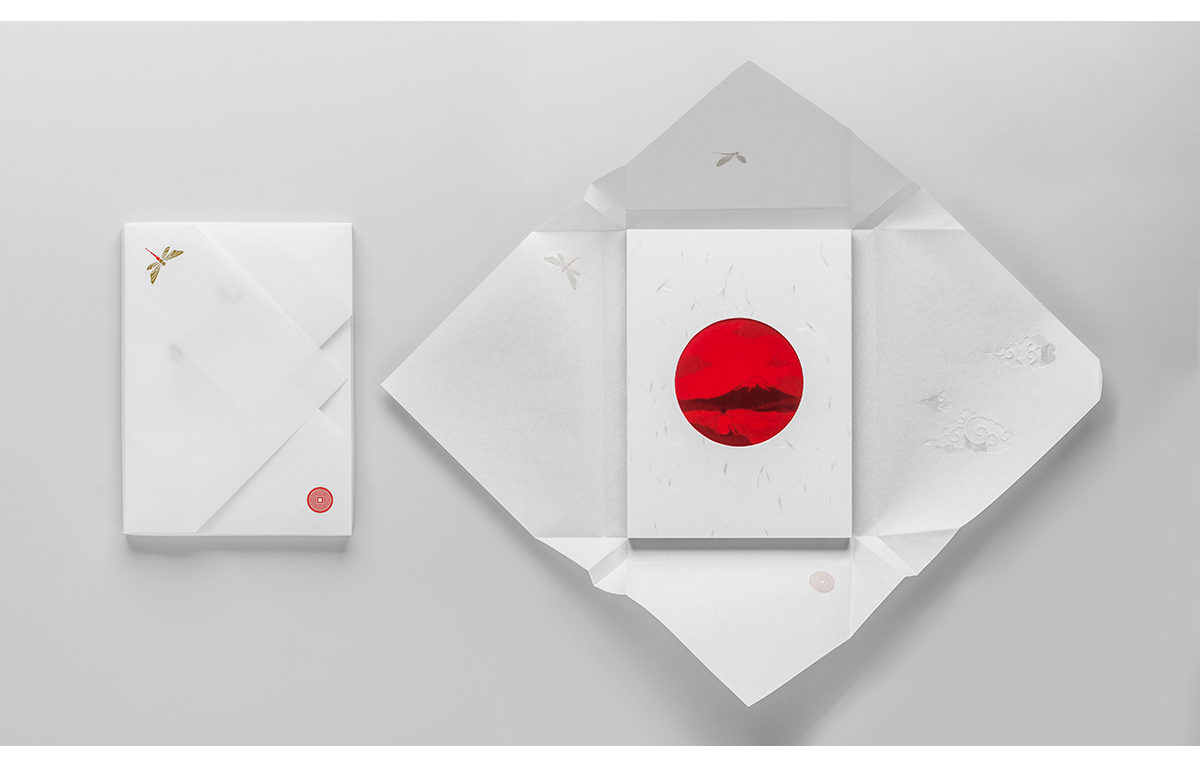
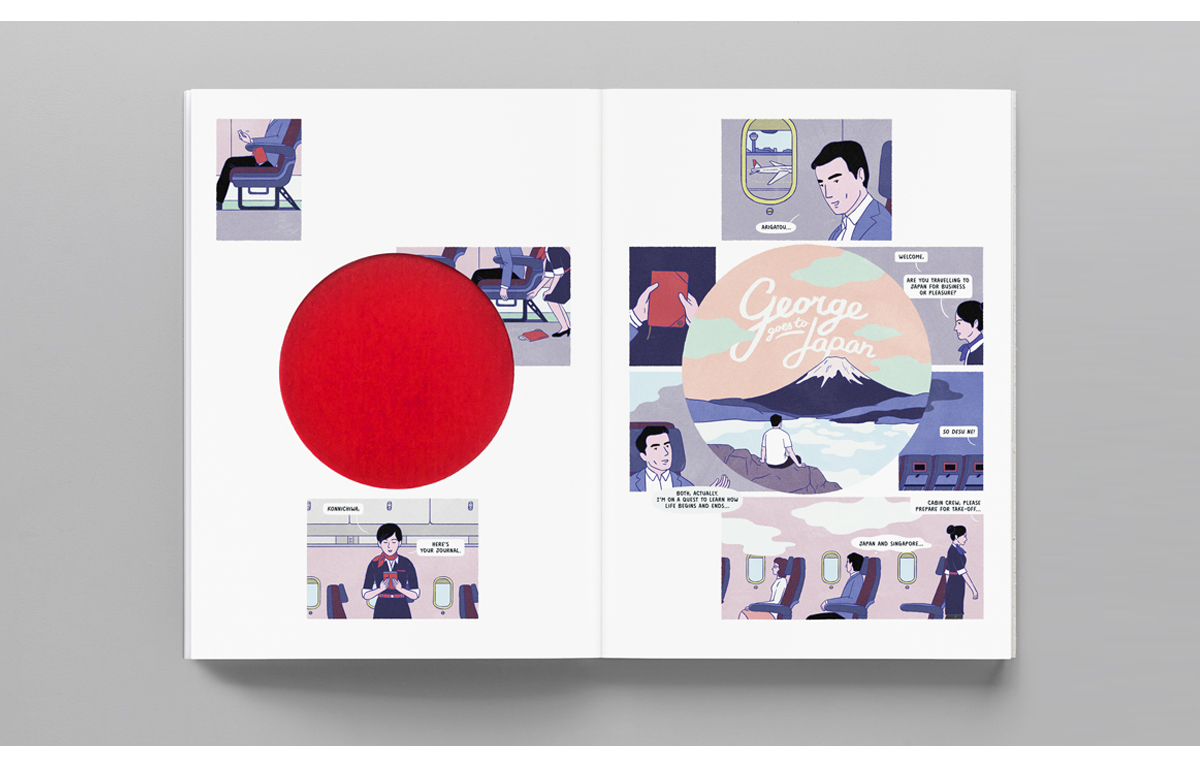
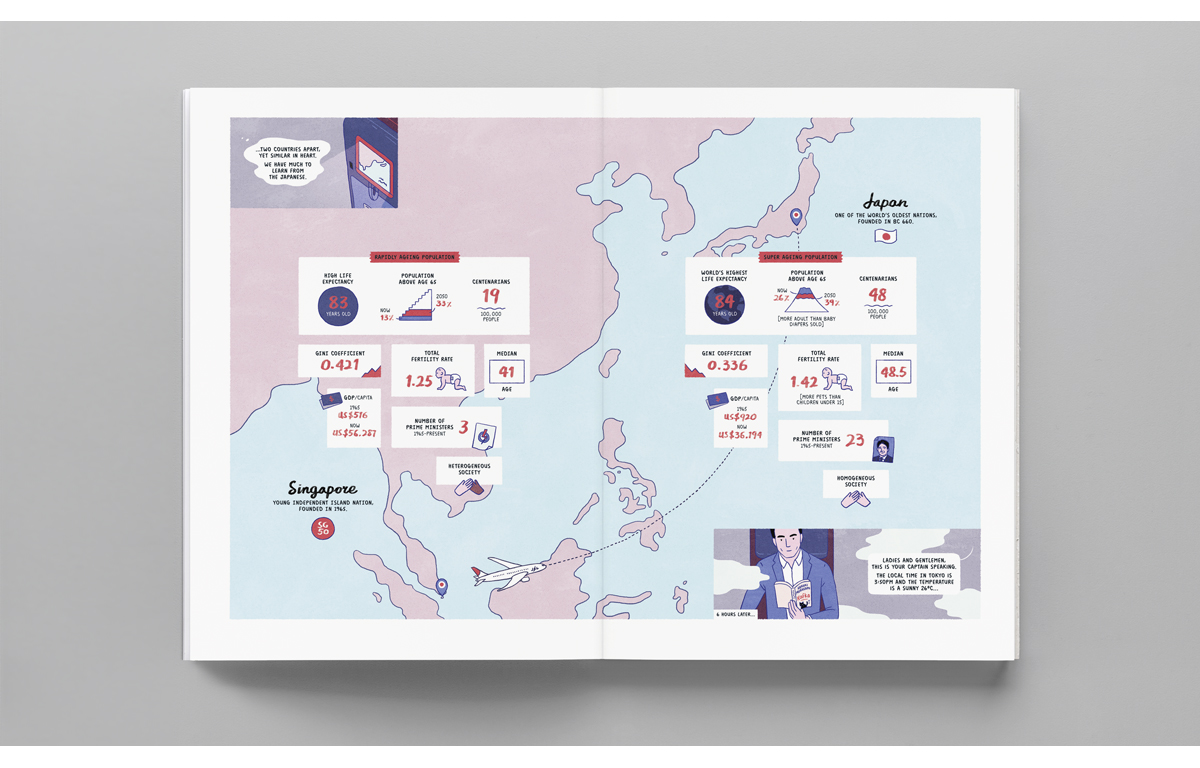
Kelvin: I believe annual reports will be streamlined into concise corporate documents, as readers seek more direct and simplified reporting. However, corporate publications are likely to become more engaging as companies embrace new formats to leverage platforms like video, social media, AR, VR and others. These ways of consuming information offer more immersive and experiential experiences, enabling corporate messages to be communicated with greater depth, emotion and meaning.
Currently, we embrace AI to help us visualise concepts on the fly. In the near future, AI will enable us to create photo-realistic illustrations effortlessly, seamlessly blending the two mediums without the extensive planning or storyboarding typically associated with traditional photoshoots. However, when it comes to generating ideas and concepts, our process often relies on random inspiration, connections and experiences, or what some might call illogical or non-structured thinking. In the near term, AI may not be able to generate ideas that truly captivate or deeply resonate with users beyond those based on data.
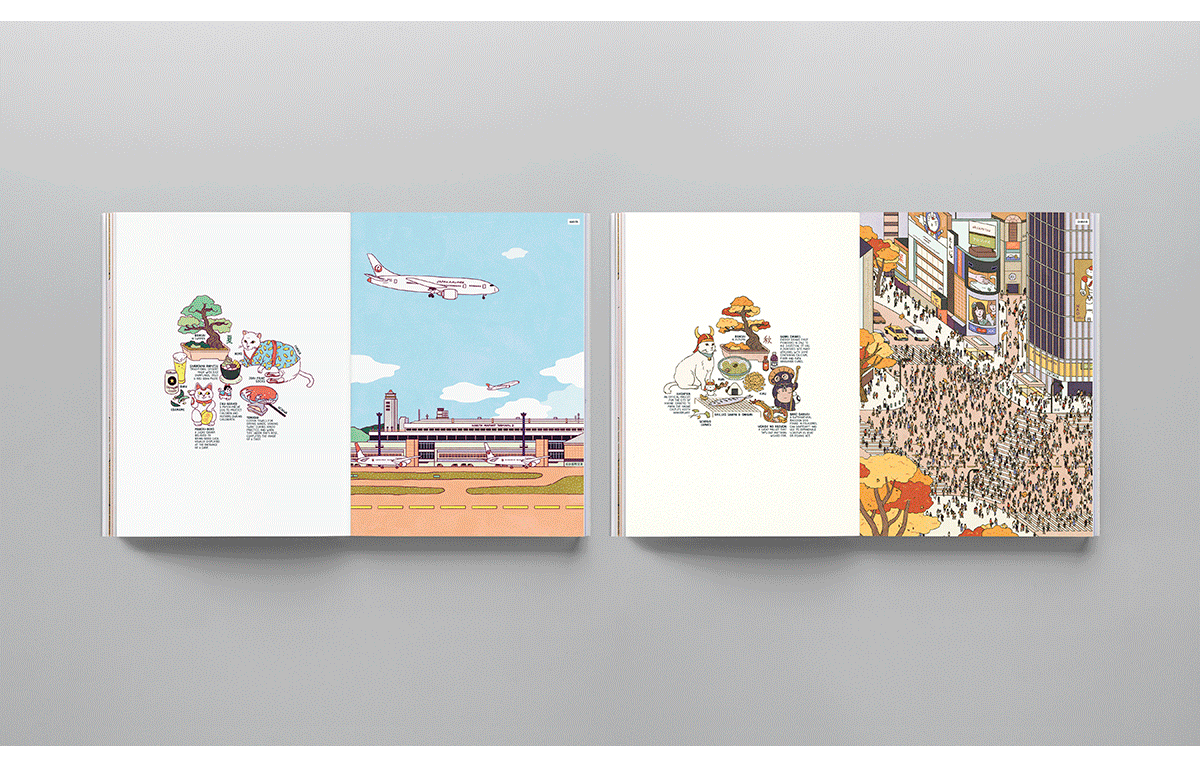
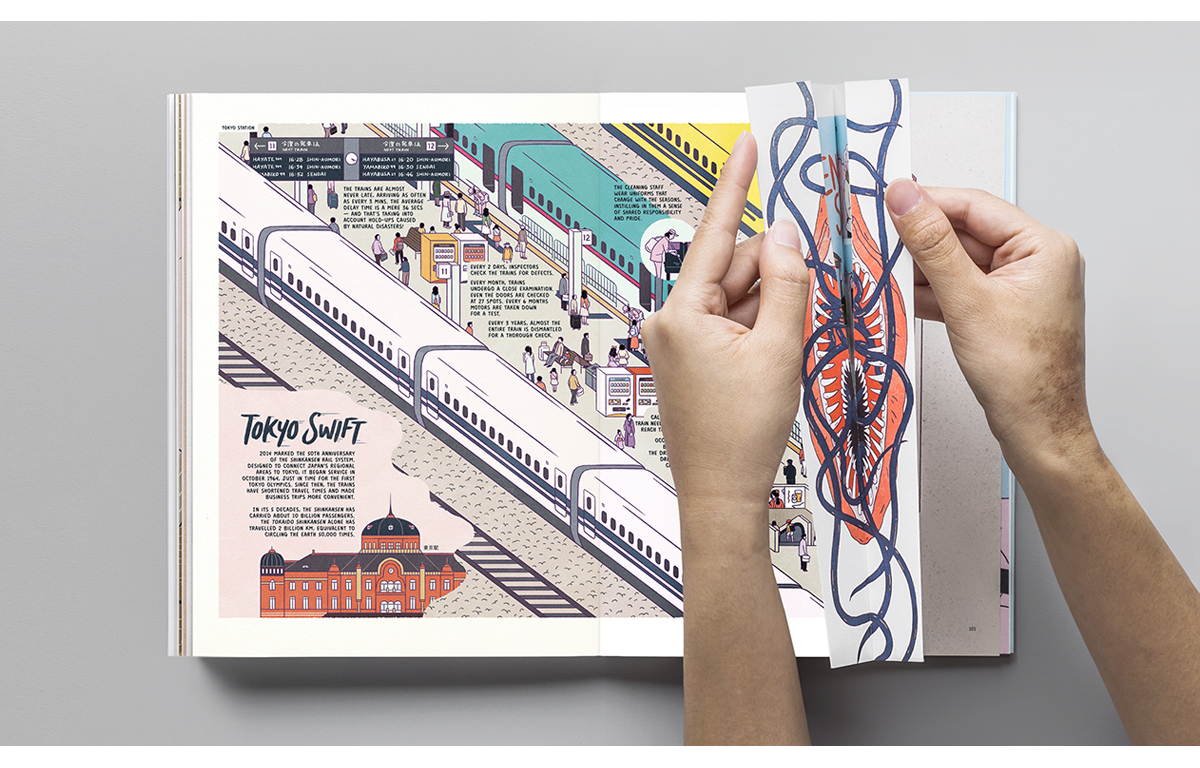
Kelvin: We decide on illustration, photography or typography by the content and what the client wants to convey. Illustration offers greater flexibility and limitless possibilities in incorporating a wealth of content and anecdotes. But for me, photography has a unique ability to effectively communicate human emotions to the user, evoking a wide range of feelings such as nostalgia, sadness, or excitement. When a piece of work requires the effective communication of a substantial amount of information and data, we tend to lean towards illustration, renderings, and infographics. This allows us to convey complex concepts in a visually compelling and easily understandable manner.
Zann: Go to sleep, clean, allow yourself to be annoyed by it, but do not pursue it. Thoughts come in from the sides, which is what you need when stuck. Other times, expand your mental references as it will give you a lot more depth.
Kelvin: Revisit the issue later on. It is always helpful to get perspective from another person not involved in the work. The process of sharing and communicating the work and the problem you’re trying to solve, in itself, helps you hear/see it in a different way.
Kelvin: I appreciate any form of art or design that is thoughtful, thought-provoking and sparks conversations. I find inspiration in the way artists and designers skilfully develop their craft or ideas to effectively communicate with the audience in new ways.
Zann: I used to dance —so discipline, fortitude, grit, sticking to it, and technical precision are important – and always with flair. Now when I think in pictures, they move, are direction-sensitive and they talk.
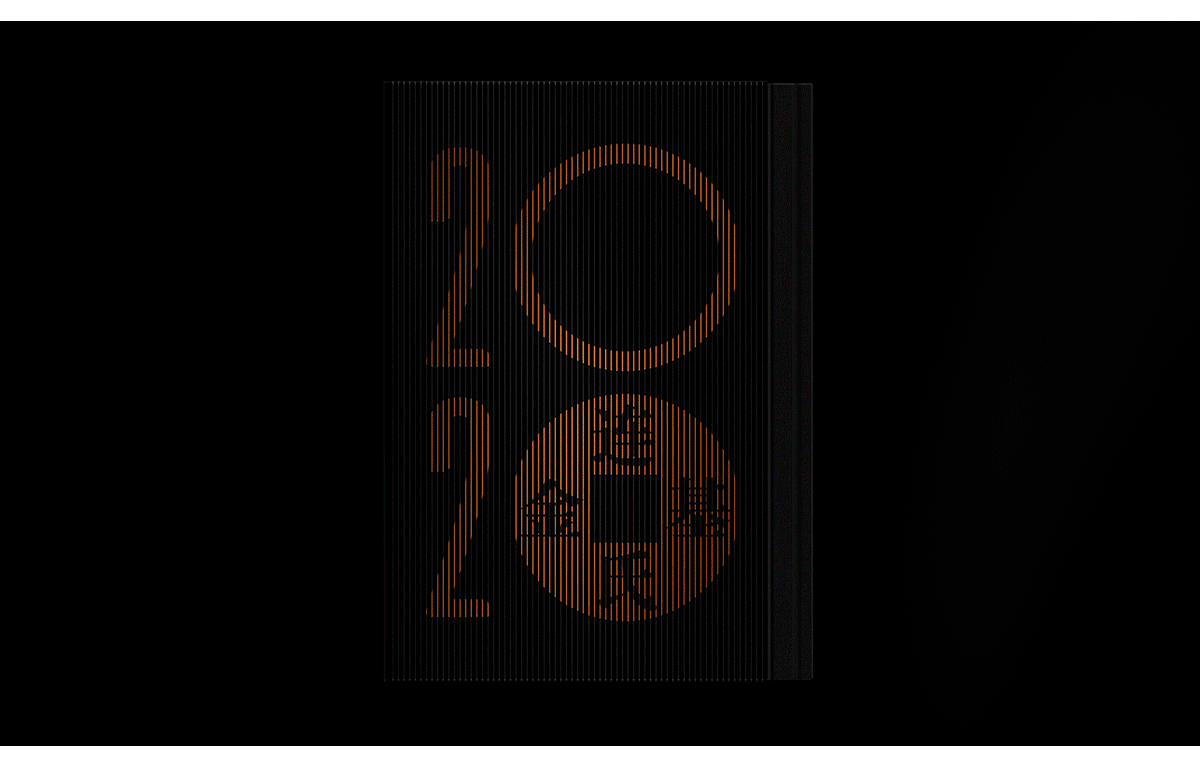
Zann:
– How to be a graphic designer, without losing your soul by Adrian Shaughnessy
– Bryson’s Dictionary of Troublesome Words: A Writer’s Guide to Getting it Right by Bill Bryson
Kelvin: We are working on a wayfinding project for a part of the Singapore Zoo; an exhibition showcasing the best design and architecture in Singapore; branding projects for retail and corporate clients; and tinkering with new intelligence for our 6th Lien Foundation report…
Read our review of Couple’s previous work here:
Lien Foundation Annual Report 2016-2017 / Lien Foundation Annual Report 2020-2021

